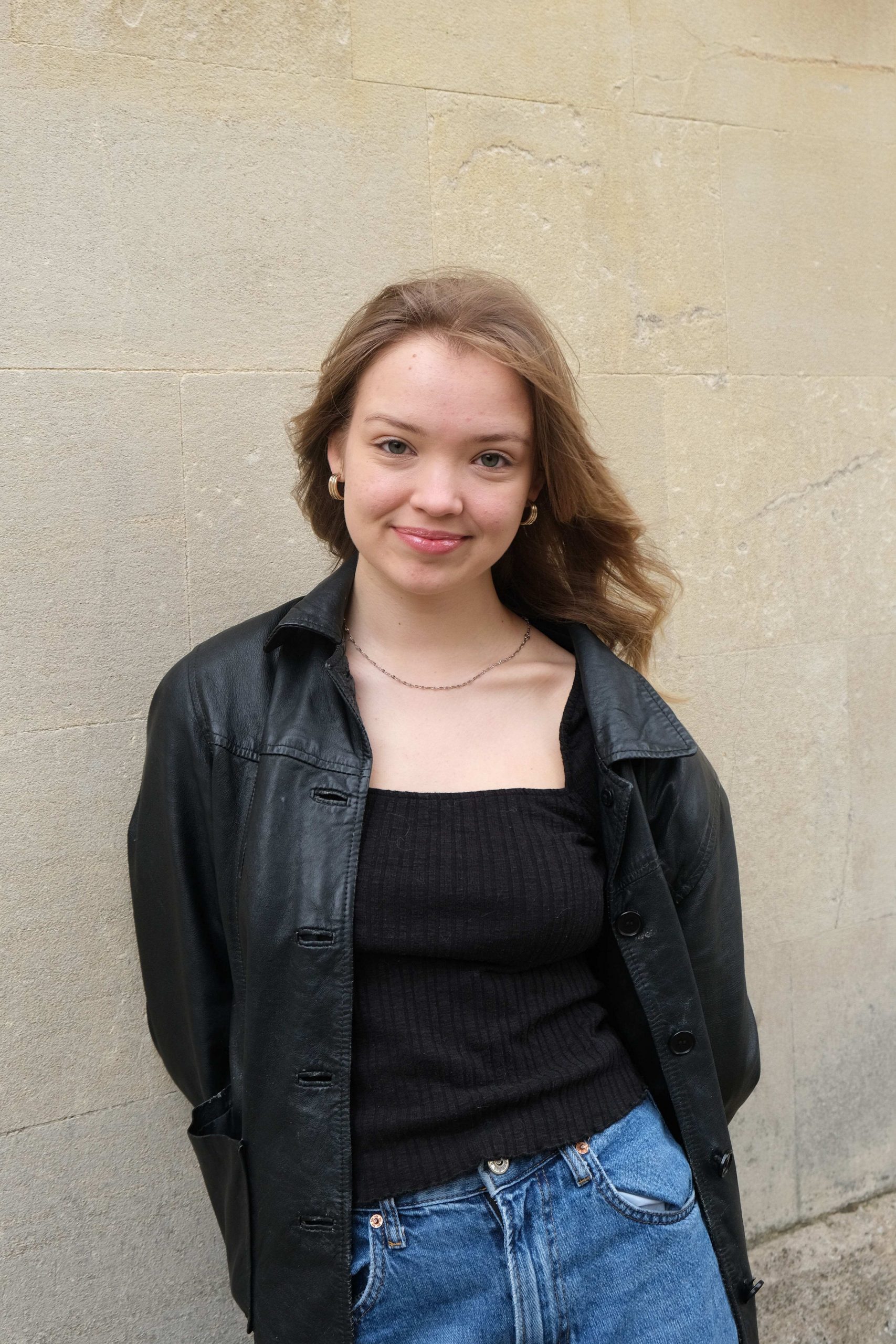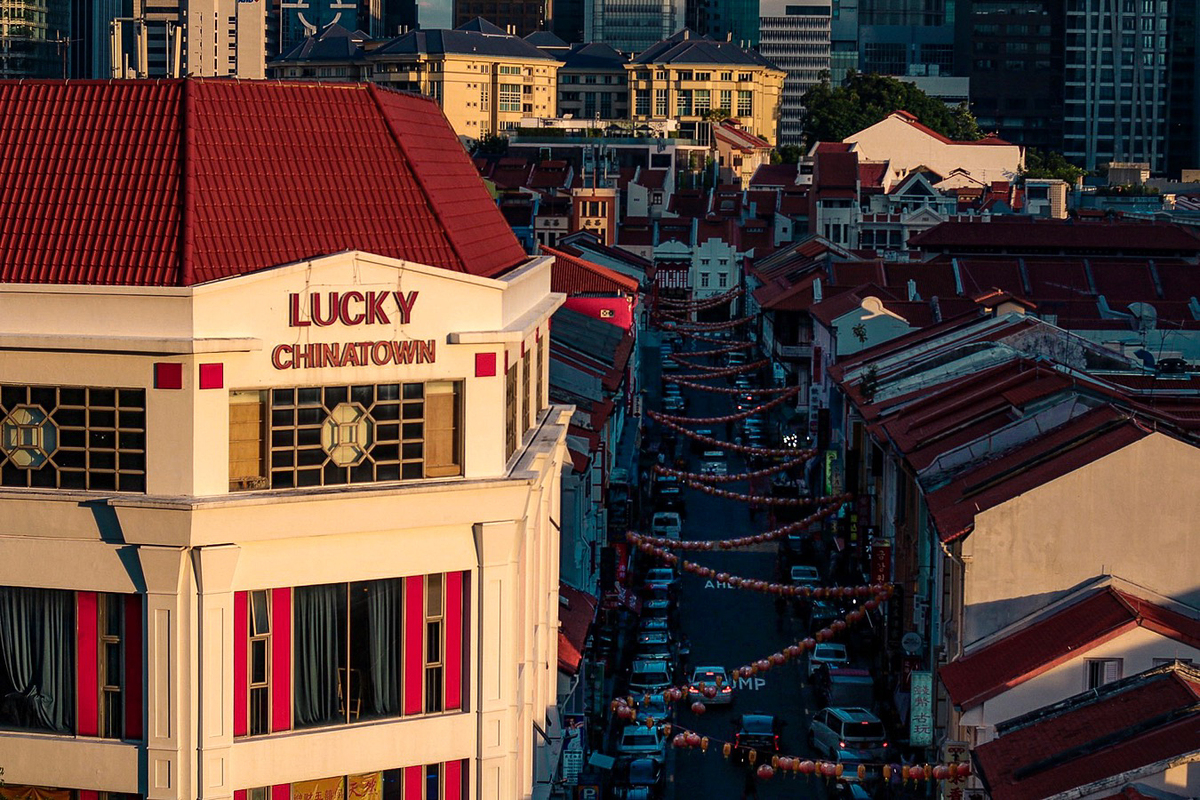
Wonder, Full of Grace. Holly Andres (2009)
With their rich colour palettes and Hitchcock-esque, frankly histrionic lighting, Holly Andres’ carefully arranged images linger somewhere between tangible reality and make-believe motion picture.
Citing her photography as “a journey into the nature of memory and female introspection”, Andres achieves a rare feat in much of her work: the ability to conjure a compelling tension between an ostensibly ‘approachable’ subject matter and a darker, often disturbing subtext.
In this snapshot, simply entitled Wonder, we are provided with a textbook example of how gently adjusting focal lengths on a wide-angle lens can result in an unusually expansive view, almost bordering on eerie.
The scene is a paradoxical one: in so many ways normal, yet comprising a select few nuances which render it doggedly unnerving. One can’t help but feel they have stumbled upon a freeze from Tarantino’s Pulp Fiction, or worse still, a dubiously low-budget 70s car advert. Everything seems so calculated, so considered, and yet on the surface we are merely observing a narrative that has occurred (and will indeed continue to occur) thousands of times in history.
Cloudy day; Pit-stop at a service station; Individual 1. checks boot of car; Individual 2. stands back looking mildly stressed etc.
There is no doubt that the scenario presented to the viewer is decisively ambiguous – the wide-angle paired with the upwards glance suggests that we, the viewer, are actually inside the boot of the car, for starters.
Are we to assume ourselves the luckless victim of a dodgy deal gone bad? Is this the last trip we shall ever take?
Or perhaps this man is an ally? A partner in crime aiding in our escape from a brilliant crime?
Our eyes are quickly drawn to more abstruseness: the shop front, lampposts and telegraph poles all hint that this is but an evanescent stop en route to a more final destination. The contrasting focal lengths elongate the couple’s distance, rendering the woman in the background relatively tiny, compared to the menacing hand, which looms large and thick in the foreground. The natural sunlight casts the face of the man who possesses this hand into a half-gloom, obscuring his finer details. We are left, perhaps incongruously, with two partly masked subject figures — though there is no denying their intrigue.
Snapshots like these are remarkable, not just because of their stylised composition or narrative insinuation, but through their sheer audacity. Indeed, critics far and wide have speculated as to what this menacing scenario might look like beyond the camera – guns, cash, bodies have, of course, all been hypothesised. Ultimately, however, nothing would please me more than if this man’s hand was simply placing the last of his shopping bags into the boot, his wife merely fixing her hair behind him. For if this were true, Holly Andres would have achieved her frivolous, yet fundamental aim: turning the mundane and banal into something enchantingly cinematic.
Photo credit: Holly Andres







